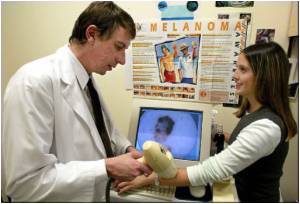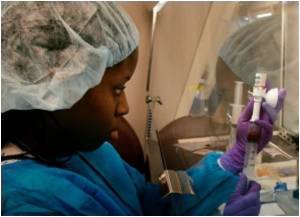Recently, two types of skin cancers (basal tumour and squamous tumors) have been on the rise, say researchers.

‘The diagnosis of basal cell tumors is now more on the torso and squamous cell tumors on the arms and legs.’





The researchers report that, between 2000 and 2010, squamous cell carcinoma (also called cutaneous squamous cell carcinoma) diagnoses increased 263 percent, and basal cell carcinomas increased 145 percent. They compared the 2000-2010 period to two other segments of time: 1976-1984 and 1985-1992. Women 30-49 experienced the greatest increase in basal cell carcinoma diagnoses; whereas, women 40-59 and 70-79 experienced the greatest increase in squamous cell carcinomas.
Men had an increase in squamous cell carcinomas between the first and second time period studied (1976-1984 and 1985-1992), but experienced a slight decline in the 2000-2010 period. However, for basal cell carcinomas, men over 29 showed similar increases in diagnoses in the 2000-2010 period then the two earlier periods.
"We know that the sun and some artificial sunlight sources give off skin-damaging ultraviolet, or UV, rays," said senior author Christian Baum.
"This skin damage accumulates over time and can often lead to skin cancer." He added, "Despite the fact that sunscreens and cautionary information have been widely available for more than 50 years, we saw the emergence of tanning beds in the 1980s, and tanning indoors or out was a common activity for many years."
Advertisement
The authors also reported that shifts in exposure to UV light may be the reason for a location shift in where the cancer tumors are found.
Advertisement
Baum added that the risk of cancer should provide the ultimate argument for using sunscreen every day, year-round on all exposed skin. The study is published in Mayo Clinic Proceedings.
Source-ANI















